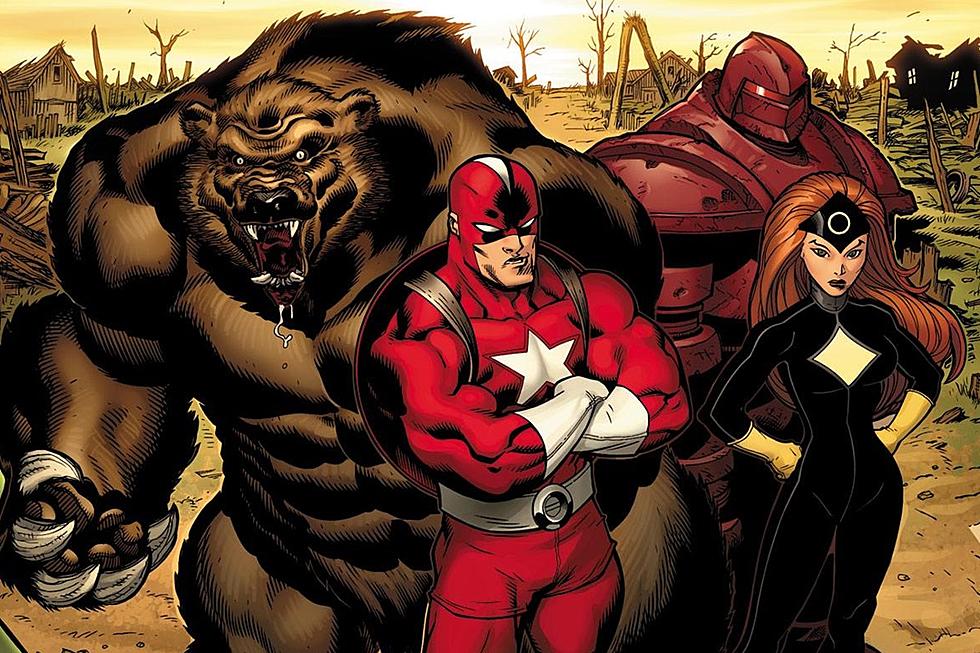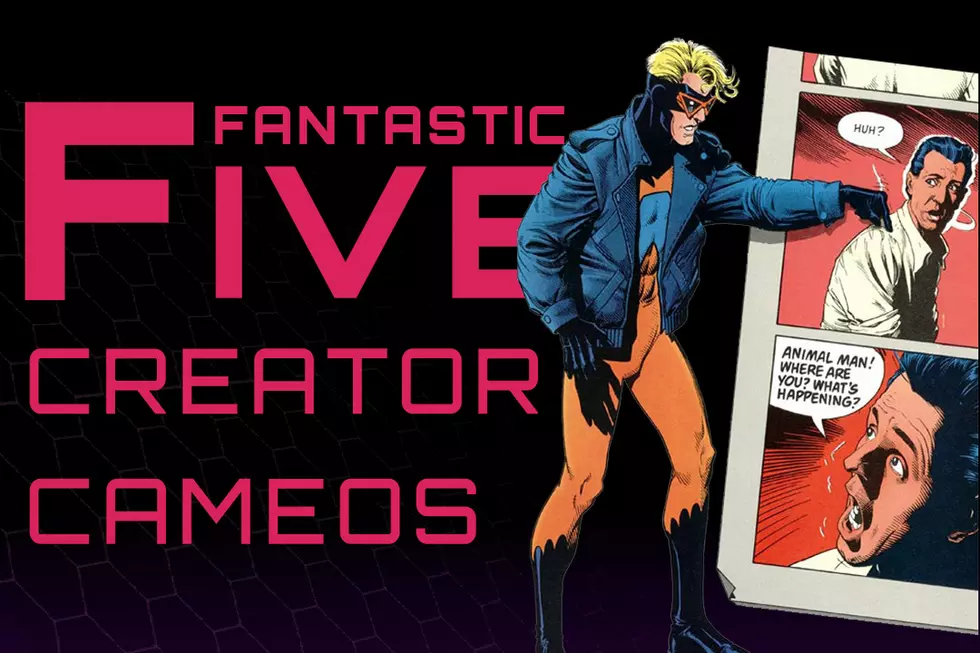
52 Years Ago: The Debut of the Avengers and the X-Men, the Birth of the Marvel Machine
By July of 1963, Marvel Comics was still the new kid on the newsstand, but it was in the midst of quite a winning streak. In the two years since the company rebranded (having formerly operated under the names Timely and Atlas), creators Stan Lee, Jack Kirby, and Steve Ditko had turned the world of comic books upside-down by introducing The Fantastic Four, Spider-Man, The Hulk, Thor, Sgt. Fury, Ant-Man, The Wasp, Iron Man, Doctor Strange, and countless other characters.
Imaginations were running on all cylinders, superheroes were the hottest thing going, and the books were selling like hotcakes. The moment was right to take the next step, and unleash a power move the likes of which the industry had rarely seen.
So that's what Marvel did. Or what they almost did, anyway. Because on July 2nd, the first issues of two different series hit newsstands, and launched franchises that would some day be recognizable to the entire world: The Avengers and The X-Men, the teams that would truly tie everything together and serve as the cornerstones of the Marvel Universe.
One of these books brought together the company's mightiest heroes; the other featured all-new characters and introduced the idea of mutants battling to save a world that hates and fears them.
But the catch is, though the core concepts were unbeatable, both series took some time to grow into themselves. The first issue of The Avengers is Lee and Kirby in their prime, and while it's fun and enjoyable (and features the Hulk juggling circus animals while disguised as a robot clown), the group lacks chemistry. Thor, Iron Man, Hulk, Ant-Man, and The Wasp hear of danger, fight each other, team up to defeat Loki, and then effectively decide, "Yeah, maybe this could work, let's do this again sometime, unless we don't."
It wouldn't be until issue #4 that The Avengers found their collective feet, when the team (sans Hulk, who had decided he didn't play well with others, and went off to be angry on his own) finally found the element they'd been missing: a super-soldier from World War II who would become their leader and greatest champion.
Captain America become the one figure most associated with The Avengers. In ensuing years, nearly all of Marvel's heroes would claim membership at one point or another, and today, The Avengers are unarguably the company's biggest brand in comics, merchandising, and other entertainment media.
Similarly, while X-Men #1 occupies a vitally important place in history, it still makes for a vaguely underwhelming reading experience. There's a lot to like in the issue – it's packed with good ideas, everyone has cool powers, the original blue/yellow team uniforms are snazzy, and Magneto is an immediate lock as one of comics' great villains – yet it doesn't ever quite take off. The characterizations are shaky (and though Professor X's lechery would thankfully disappear quickly, Cyclops' mopery and wet-blanketness would prove to be his most enduring traits), and it all comes off as slightly rushed and slapdash.
In fact, though the series would improve substantially during the rest of the Lee/Kirby run (issues 5-8 are particular personal favorites) it would take another thirteen years, a largely rejigged cast, and a number of new creators to come up with a take on the X-Men that really clicked with audiences. Len Wein, Dave Cockrum, Chris Claremont, and John Byrne were the ones who made the Marvel mutant-verse into the world-striding behemoth it's been for the past four decades, though it's all built on the foundation that Stan and Jack laid.
Today, July 2nd, we mark the anniversary of the date that these twin #1 issues were released in 1963 (though the official cover date for both comics is September 10th), and recognize not just the stories these two comics tell, but the impact they would have on readers and creators for generations to come.
This is the day that Marvel's two highest-profile teams first landed on newsstands around the country, and set the stage for blockbuster film franchises, fan-favorite cartoons, best-selling toy lines, and the ever-ongoing expansion of the Marvel Universe.
Check Out Some Strange and Surprising Marvel Comics Facts
More From ComicsAlliance








![Super7 ReAnimates Alien and Predator, Masters More of the Universe [Toy Fair 2017]](http://townsquare.media/site/622/files/2017/02/IMG_2000.jpg?w=980&q=75)
